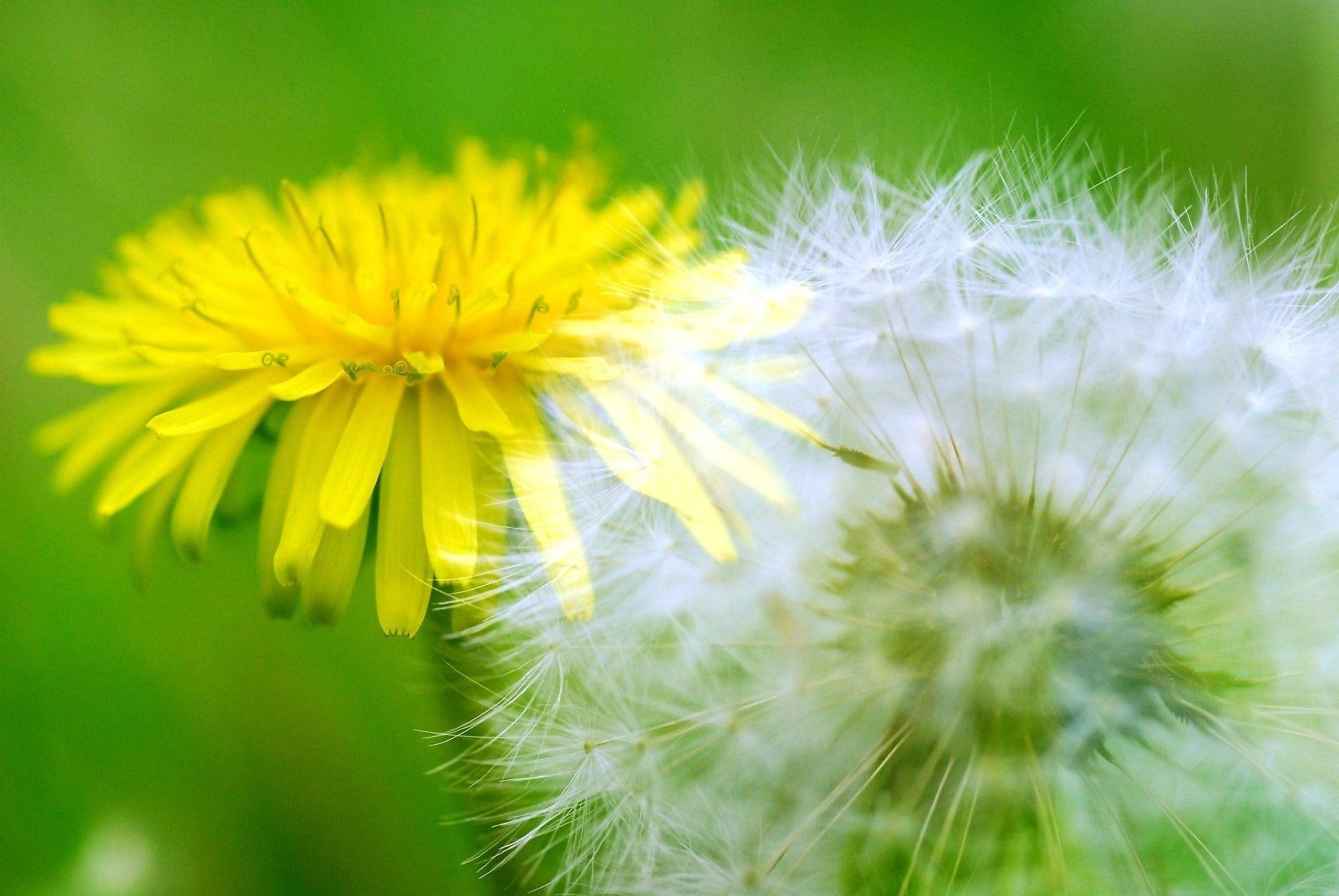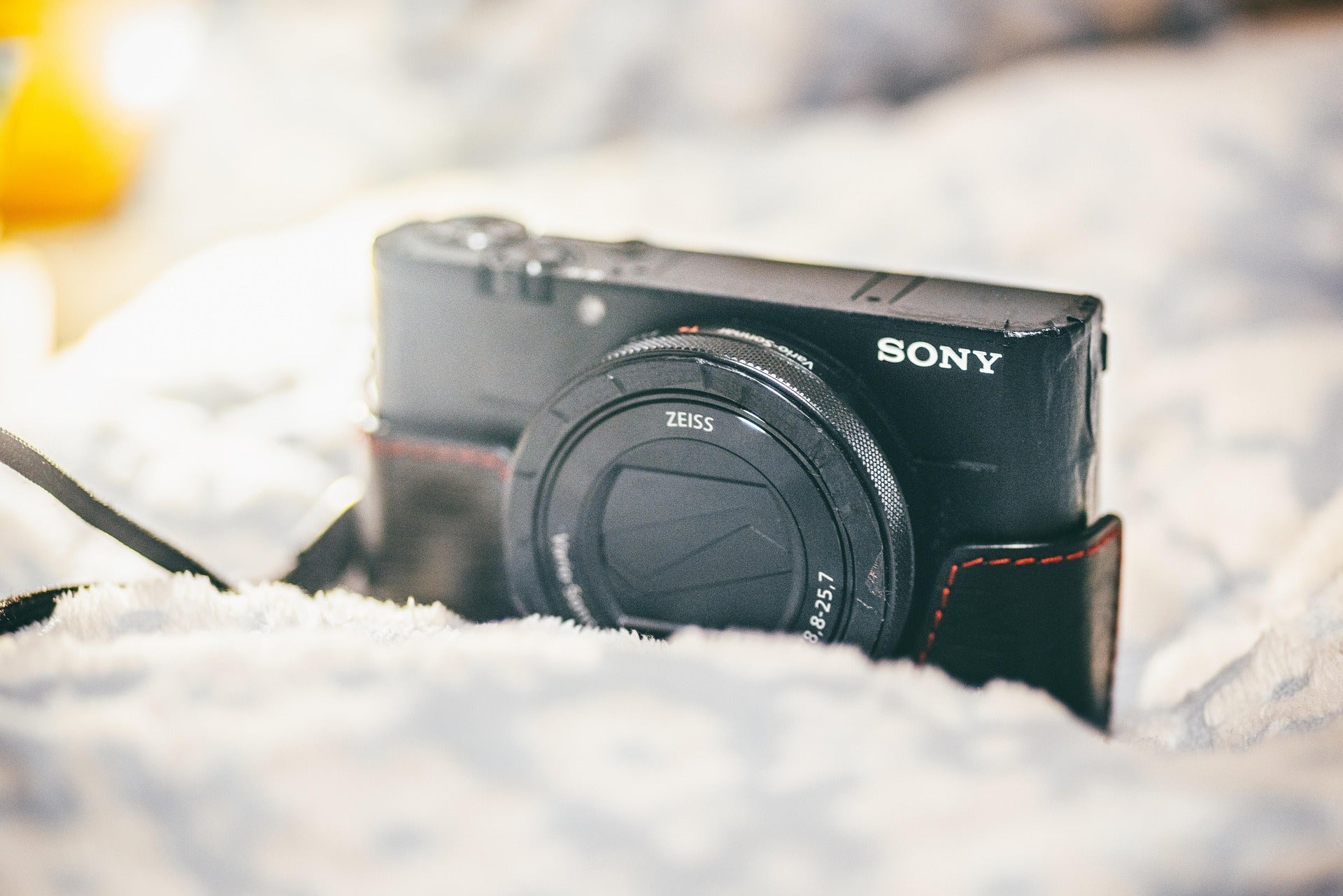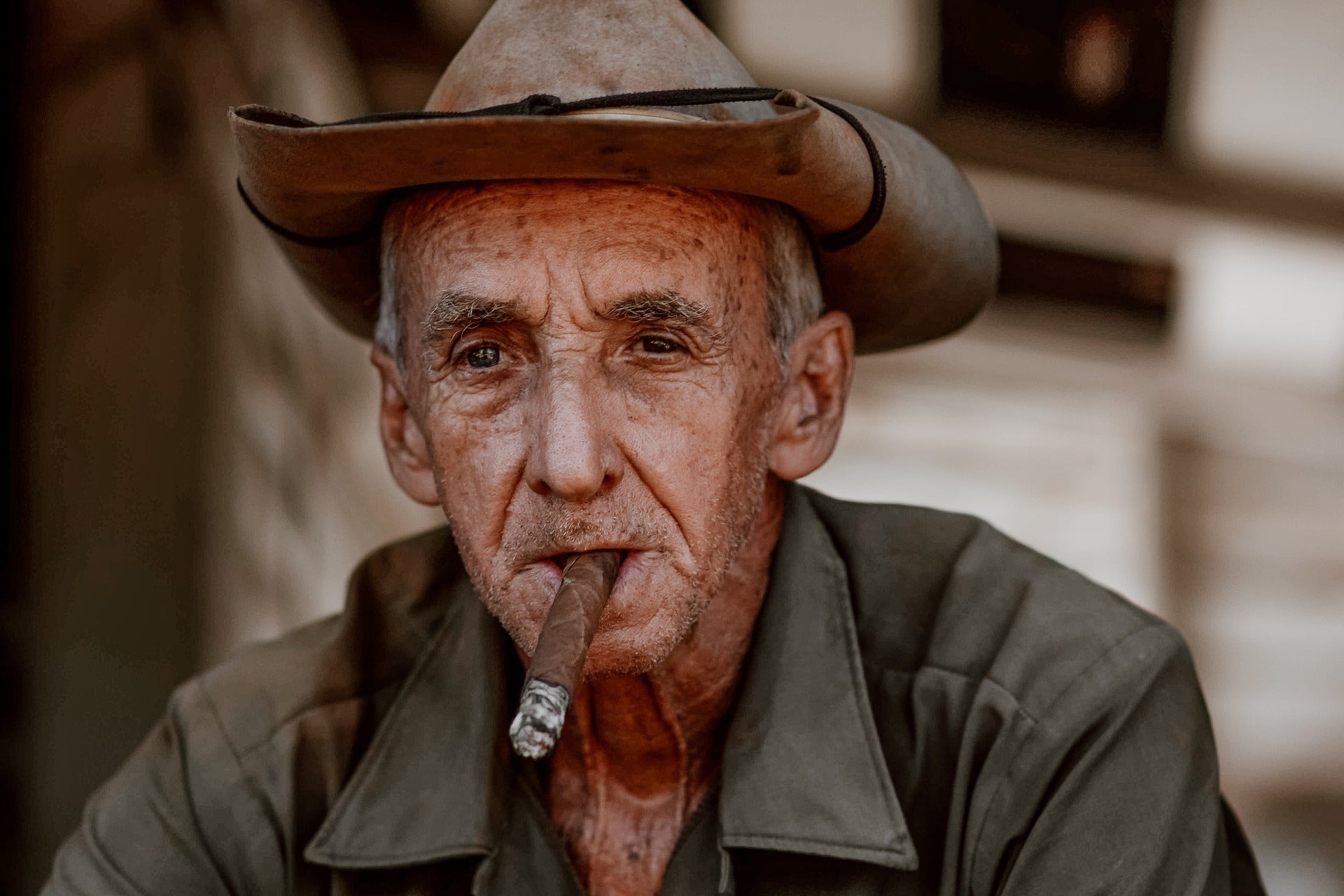
Multiple exposures: Creative effects in photography
Multiple exposures, which today represent an art form in their own right in the world of photography, were probably originally one of those wonderful accidents or oversights that create something unique and unexpectedly beautiful. Even in the early days of photography, when film was still very sensitive to light, accidental double exposures could occur if the film was not transported correctly. Even then, a creative photographer must have seen these unintended effects as an opportunity and incorporated them into his photographic repertoire as a creative technique. This text will deal with the unique and fascinating technique of multiple exposure, focusing in particular on practical aspects and creative possibilities.

The technique of multiple exposure
To create the surreal images that can be created through multiple exposures, photographers layer several shots on top of each other and blur them into a single, bewilderingly beautiful image. Essentially, all you have to do is take several shots on the same image sensor or film, either in the camera itself or afterwards in image processing.
With multiple exposure in the camera, the shutter button is pressed several times without moving the film or sensor between shots. Some cameras have a special setting for this. If this is not the case with yours, the images can be superimposed afterwards. However, the brightness of the individual shots must be taken into account from the outset in order to achieve a balanced end result. If several normally exposed shots are superimposed, this can lead to overexposure of the overall image, which is why the individual shots are often deliberately underexposed for a multiple exposure.
Tip: If you work with different lenses and accessories, a high-quality camera bag with a modular interior layout is a good idea for transporting equipment safely and within easy reach, especially for spontaneous outdoor sessions.
The art of multiple exposures has become much easier thanks to the use of post-processing in special image editing programs. Here you have more control over the end result and can adjust the exposure and colors perfectly. The images are simply superimposed digitally and can be adjusted in terms of opacity, blending mode and other parameters. This makes even more complex creative effects possible and, above all, easier to implement with less technical know-how.
Creative multiple exposure techniques
Multiple exposure enables a variety of creative effects that can be used to create surreal and dreamlike images, for example. If people can be seen in the multiple exposure images, they often appear ghostly and unreal, as they can be seen semi-transparent and shadowy.
The use of double exposures is popular in portrait photography, for example, where photos of landscapes or nature are combined with the actual portrait. For example, the face of a loved one and the crown of an imposing tree can be merged together or staged together with their favorite place. Especially when combining portraits and nature, a sturdy camera strap or a comfortable hand strap helps you to react quickly and safely to changing motifs - especially if you change positions a lot.
Multiple exposures can also have a great effect in photographic genres that focus more on shapes and lines, such as when photographing architectural buildings. The abstract images are perfect for enhancing certain aspects of the buildings or for depicting their effect on the viewer.
By using several layers that appear simultaneously in the image, the depth effect of the image can also be ideally enhanced. To achieve this, different elements should be recognizable on the individual layers, as these help to add dimension to the image. But multiple exposures can also be cleverly used for much less static matters such as sporting events. Here it can be used to emphasize movement and dynamics.

Multiple exposure in the darkroom
Anyone who is still old school or simply loves to be in control of their own photography will certainly have already experimented with developing their own photos in a darkroom. Such prior knowledge can be very useful if you want to create multiple exposures by hand.
In the darkroom, photo paper is exposed several times in the enlarger, a special projector for negatives. When working with different normally exposed and developed negatives, the device simplifies the creation of multiple-exposure images. It also gives the photo developer greater flexibility in positioning the negatives in the enlarger. The opacity of the images can also be influenced relatively easily by changing the amount of light that hits the photo paper.
If you are just getting to grips with the subject, you can start with black and white shots and simpler scenes with few elements and a rather empty environment. However, it can take a while to create really good multiple exposures in the darkroom, and you should have a lot of patience. Experimentation is definitely encouraged here and can have great, unexpected effects.
Tips and tricks for multiple exposures
If you are interested in the photographic craft itself and would like to implement multiple exposure directly on the camera, it is important to have a camera with the corresponding function. In this case, you should also make sure you have the right exposure, as the individual shots should be underexposed to ensure that the final result is correct. This is increasingly true the more images you want to superimpose. The use of a tripod can be helpful to avoid additional blurring in the already moving and sometimes confusing images. For such situations, we recommend an easy-to-transport backpack with a smart interior layout - ideal if you want to remain flexible and still need full control over your equipment.
Regardless of whether you opt for individual images right from the start, which are only superimposed on top of each other afterwards, or take the shots directly as multiple exposures, get to grips with the many possibilities of post-processing. Get to know the many ways of improving your photos afterwards, merging only parts of images, or tweaking the exposure. The time invested and the purchase of a good image editing program will certainly be worth it!

Conclusion
Multiple exposure is a fascinating technique that can conjure up a surreal or magical effect in images. It requires a lot of practice, especially for its implementation directly in the camera, but multiple exposures created in post-processing can also enchant the viewer. The be-all and end-all here is a good deal of experimentation and a knack for line management and composition. If you are looking for new challenges, you can even create multiple exposures directly from negatives in the darkroom, so there are no limits to your imagination.
Extra tip at the end: Whether for analogue experiments or digital creative sessions, high-quality camera equipment deserves the right storage.

